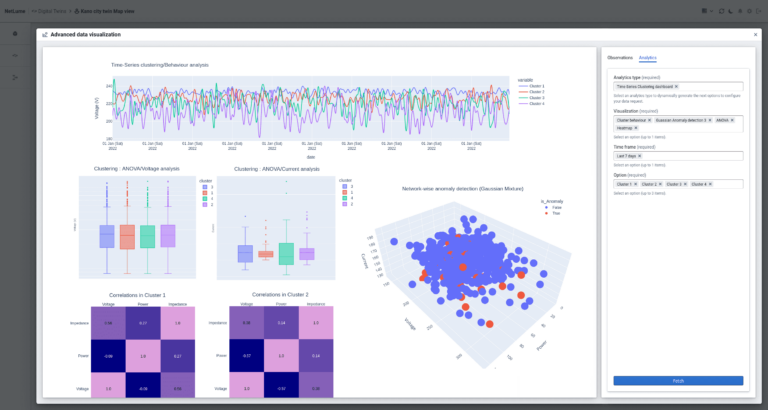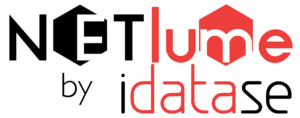
Water, the essence of life, faces unprecedented challenges in the modern world. As we grapple with water scarcity and increasing pollution, the need for innovative solutions becomes paramount. This concise guide explores the transformative power of Internet of Things (IoT) in water quality monitoring, shedding light on how NetLume, a trailblazer in IoT, plays a pivotal role in revolutionizing this critical domain.
The Imperative of IoT in Water Quality Monitoring:
Water, an indispensable resource, is dwindling in quantity and quality. Traditional manual methods of water quality measurement are not only time-consuming and costly but also riddled with human errors. Enter IoT—a game-changer that automates the monitoring process, providing real-time data from remote locations. This guide explores how IoT, through devices like sensors and probes, addresses the challenges associated with manual monitoring, paving the way for a more efficient, accurate, and sustainable approach.
Parameters Monitored by IoT-Based Water Quality Systems:
- Turbidity: Detecting suspended particles affecting water clarity.
- pH: Assessing acidity or basicity for varied applications.
- Temperature: Crucial for aquatic life and industrial processes.
- Dissolved Oxygen: Essential for organic compound breakdown.
- Conductivity and TDS: Measuring dissolved salts for ecosystem health.
- Salinity: Assessing salt concentration, vital for diverse water uses.
Applications Across Industries:
The impact of IoT-based water quality monitoring extends across diverse sectors, transforming operations and ensuring sustainability.
- Water Utilities: Ensuring the supply of nutrient-rich water to consumers.
- Agriculture: Optimizing water quality for high crop yields.
- Aquaculture: Facilitating the growth of healthy aquatic organisms.
- Research Facilities: Enabling accurate experiments with pure water.
- Wastewater Treatment: Monitoring parameters to meet regulatory standards.
- Manufacturing Units: Complying with regulations to protect aquatic life.
NetLume’s Role in IoT-Based Water Quality Monitoring:
NetLume, an IoT leader, redefines water quality monitoring through its All-In-One Data platform. With a user-friendly interface offering a low-code to no-code approach, NetLume empowers users to design their water quality models effortlessly. The platform’s drag-and-drop functionality allows for rapid prototyping of assets, connecting them seamlessly, and configuring data connectors with just a few clicks.
Key Features and Benefits of NetLume in Water Quality Monitoring:
Rapid Prototyping: Intuitive drag-and-drop interface for quick model development.
Real-time Monitoring: Customizable map visualization with AI model integration.
Custom Dashboards: Rich library of visualizations, automated reporting, and notifications.
Unified Life-cycle Management: Streamlined and automated solutions management.
Low-Code to No-Code Interface: Design AI models and data pipelines with ease.
Conclusion:
In the pursuit of sustainable water management, IoT emerges as a transformative force, and NetLume stands at the forefront, offering a comprehensive solution for water quality monitoring. This concise guide highlights the pivotal role of IoT in revolutionizing how we perceive, measure, and safeguard our most precious resource—water. With NetLume’s innovative platform, the future of water quality monitoring is not just automated; it’s intelligent, intuitive, and effortlessly efficient.
